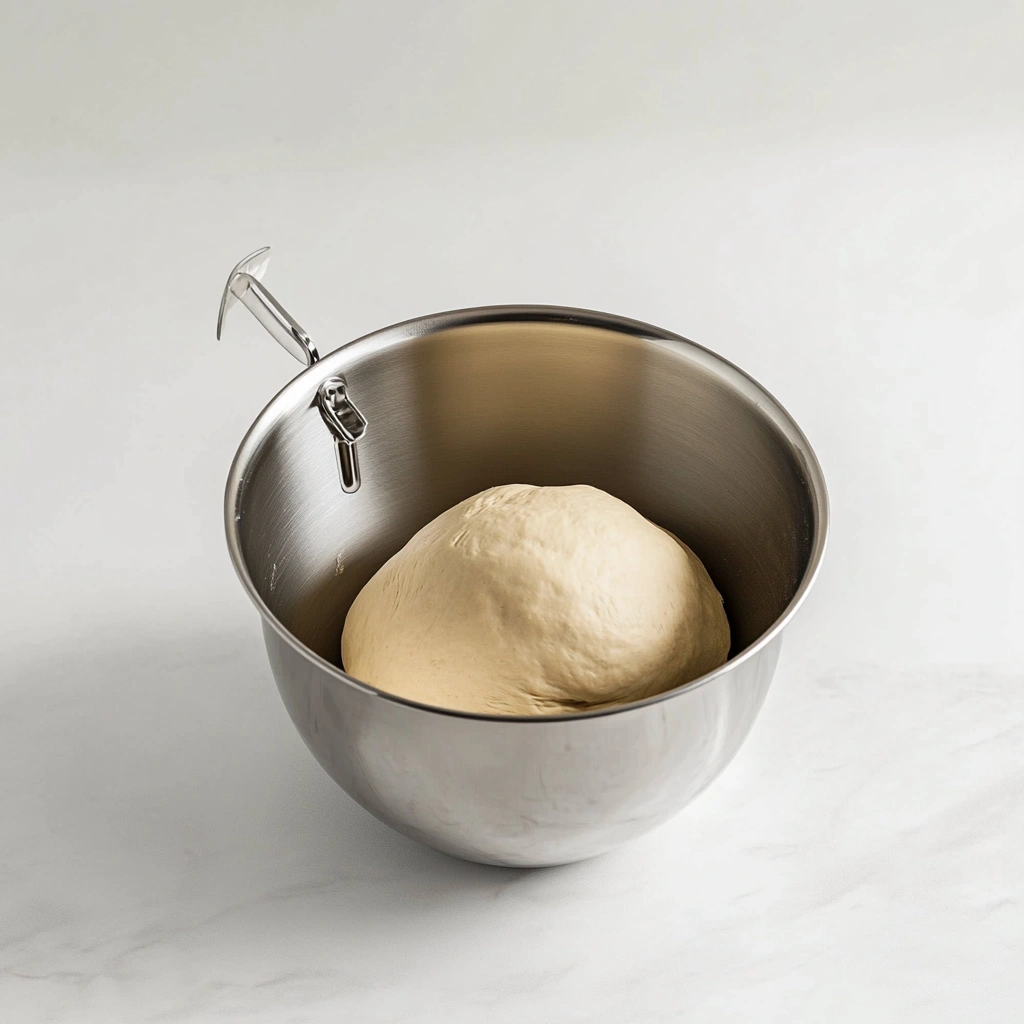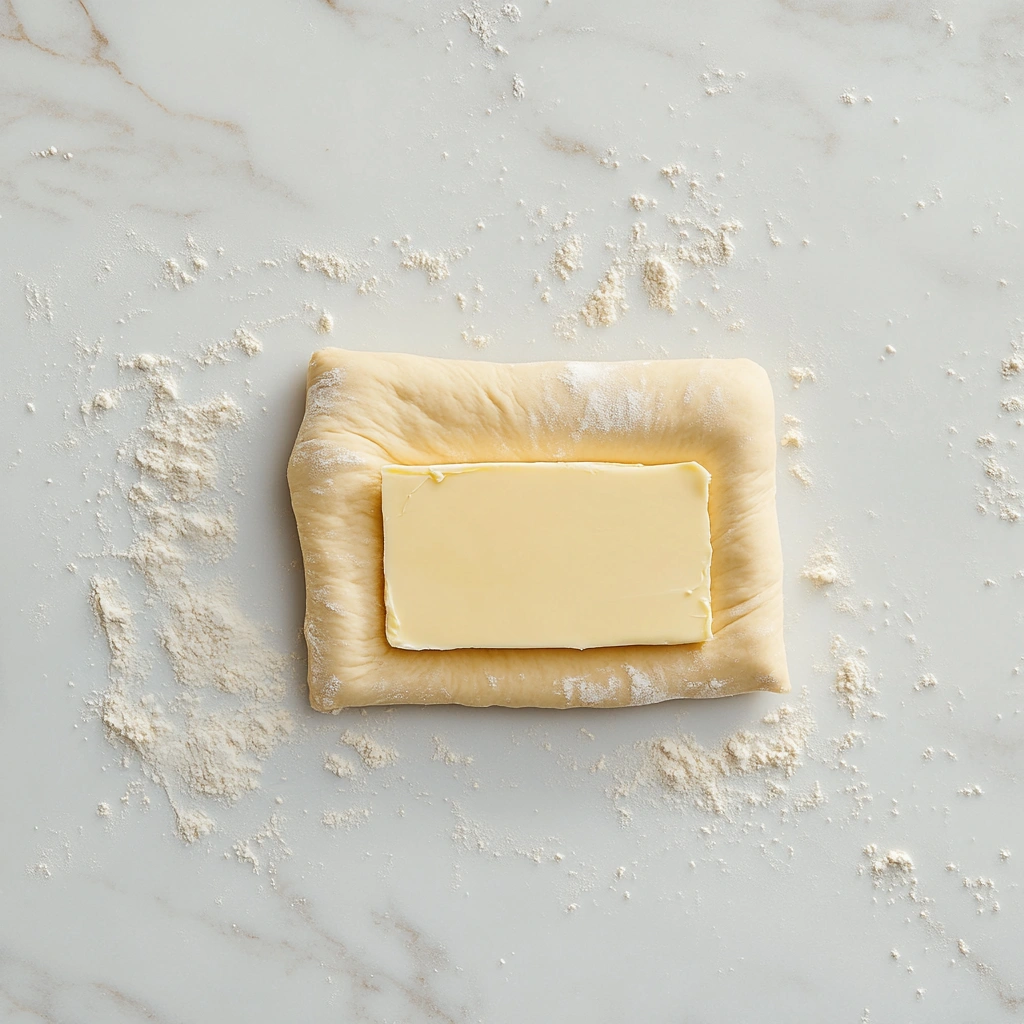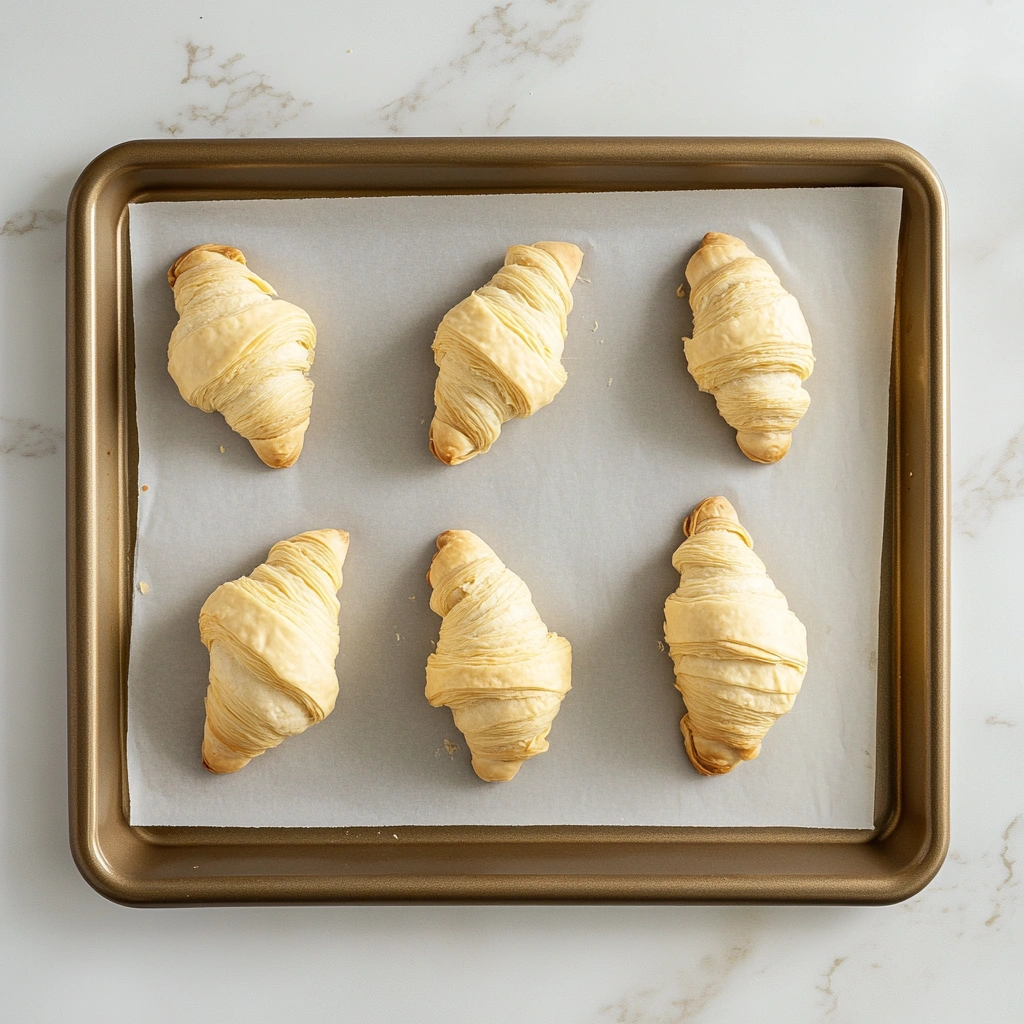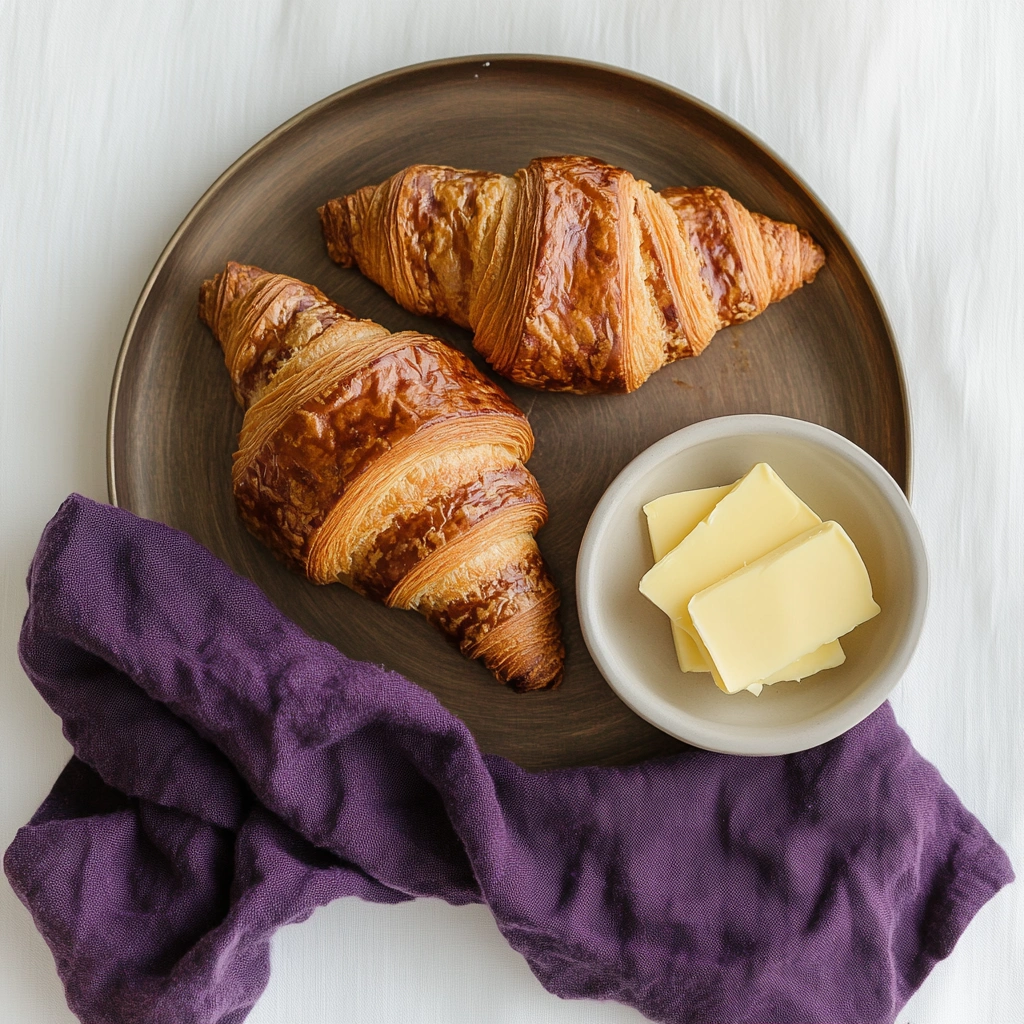Croissants—those buttery, flaky, golden crescents of joy. If you’ve ever had a croissant that practically melted in your mouth, you know the magic. But what is the secret to a good croissant? Is it the ingredients, the technique, or some mysterious baking sorcery? Honestly, it’s all of the above. What makes them special isn’t just one thing—it’s the way everything comes together. I’m here to break it down for you in a way that feels like chatting with a friend over coffee. Ready? Let’s talk croissants—American style.

Ingredients for Croissants
Here’s what you need to make about 12 croissants:
If you’re interested in trying a variation of croissants, check out this Gipfeli recipe. It’s a Swiss twist on the classic croissant that’s just as buttery and delicious!
Dough
- 4 cups (500g) all-purpose flour
- 1/4 cup (50g) granulated sugar
- 2 tsp (10g) salt
- 1 packet (2 1/4 tsp or 7g) active dry yeast
- 1 cup (240ml) warm milk (around 100°F or 37°C)
- 2 tbsp (30g) unsalted butter, melted
Butter Layer
- 1 cup (225g) unsalted European-style butter, cold and slightly pliable
Egg Wash
- 1 egg, beaten
- 1 tbsp milk or water
Step-by-Step Guide to Making Croissants
Step 1:
Activate the Yeast
- Combine warm milk and sugar in a bowl, then sprinkle yeast on top. Allow it to sit for 5-10 minutes until foamy.

Step 2:
Make the Dough
- In a large mixing bowl, combine the flour, salt, yeast mixture, and melted butter. Knead the dough on a floured surface for about 8-10 minutes until smooth.
- Once ready, shape it into a ball, cover, and refrigerate for at least 4 hours or overnight.
Step 3:
Prepare the Butter Block
- Start by placing cold butter between two sheets of parchment paper. Use a rolling pin to shape it into a 5×8-inch rectangle. Chill until firm but pliable.

Step 4:
Laminate the Dough
- Roll the dough into a rectangle twice the size of your butter block. After placing the butter on one half, fold the other half over it, sealing the edges.
- Next, roll it into a long rectangle, fold it into thirds, and chill for 30 minutes.
Step 5:
Repeat Folds
- Repeat the rolling and folding process two more times, chilling the dough for 30 minutes between folds. Finally, let it chill for 1 hour after the last fold.
Step 6:
Shape the Croissants
- Roll the dough into a large rectangle and cut it into triangles. Roll each triangle from the base to the tip to form crescent shapes.

Step 7:
Proof the Croissants
- Transfer the croissants to a baking sheet, cover loosely, and let them rise for 2-3 hours until they’re puffy.
Step 8:
Apply the Egg Wash and Bake
Before baking, brush the croissants with egg wash. Bake at 375°F for 20-25 minutes until golden brown.
What Is the Secret to a Good Croissant? It Starts with Ingredients
This isn’t the time to cut corners. If you want a good croissant, you need to invest in the best-quality ingredients. No, I’m not saying you need to import butter from France (though, honestly, if you can swing it, French butter is chef’s kiss). Here’s what you’ll need:
- Flour: Use all-purpose flour or pastry flour for the right balance of structure and softness.
- Butter: High-fat European-style butter is your BFF here. It’s creamier and has less water content, which makes for flakier layers.
- Yeast: Fresh or active dry yeast—whichever you’re comfortable with. Just make sure it’s fresh.
- Milk: Whole milk adds richness to the dough. Don’t skimp with skim milk here.
- Sugar and Salt: For flavor, balance, and to make your taste buds do a happy dance.
The Magic Is in the Lamination
Lamination is where the real magic happens. This is the process of folding butter into the dough to create those iconic flaky layers. It’s a little intimidating at first, but once you nail it, you’ll feel like a total pro.
- Chill Everything: This is your mantra. Dough too warm? Chill it. Butter too soft? Chill it. If things start to stick or feel greasy, take a breather and chill (literally).
- Roll and Fold: The classic croissant has three “turns,” or folds. You roll the dough out, place a butter slab in the center, and fold it like an envelope. Then, you roll it out again and fold it over itself like a letter. Repeat this process three times, chilling the dough between turns.
Pro Tip: Use a ruler to keep your dough evenly shaped. It might feel extra, but trust me, it’s worth it for those uniform layers.
Timing Is Everything
Croissants are not a quick-bake project. They take time—like, a lot of time. And while it might feel like a commitment, the payoff is worth every minute. Here’s the timeline:
- Make the Dough: This takes about 30 minutes, but it needs to rest overnight in the fridge.
- Lamination: The folding and rolling process takes about 1-2 hours, depending on how quickly you work.
- Shaping: Once laminated, you’ll roll out the dough, cut it into triangles, and shape them into those signature crescent rolls. This step is oddly satisfying, by the way.
- Proofing: After shaping, the croissants need to proof (rise) for a few hours. This step is crucial for that light, airy texture.
- Baking: Finally, the moment of truth. Bake at a high temperature (around 375°F) for 20-25 minutes until golden brown and irresistible.
Don’t Skip the Egg Wash
This step is like giving your croissants a little spa treatment before they hit the oven. An egg wash (just a beaten egg with a splash of water or milk) gives them that beautiful golden shine. Brush it on gently, making sure not to miss the edges.
Practice Makes Perfect
Here’s the thing about croissants: they take practice. My first batch? Let’s just say it looked more like a pile of biscuits than croissants. But each time you make them, you learn something new—how the dough should feel, how to roll it evenly, and when to chill versus when to keep going.
Pro Tip: If things don’t go perfectly, don’t sweat it. Even a “meh” croissant is still buttery and delicious.
FAQs About : What Is the Secret to a Good Croissant?
Technically, yes, but please don’t. Butter is the soul of a croissant, and margarine just doesn’t deliver the same flavor or texture.
Yes! Skipping this step can cause the butter to melt into the dough, ruining the layers. Patience is key here.
Dust your work surface and rolling pin with flour, but don’t go overboard. Too much flour can toughen the dough.
Absolutely! You can freeze unbaked croissants after shaping them. When you’re ready to bake, let them thaw and proof before popping them in the oven.
This usually happens if the butter got too soft during lamination. Keep everything cold, and you’ll be good to go.
Conclusion
Making croissants isn’t just baking—it’s an experience. What is the secret to a good croissant? It’s about taking simple ingredients and turning them into something extraordinary with time, care, and a bit of messy fun. Sure, it’s a process, but the payoff? Pure magic. There’s nothing like pulling a tray of golden, flaky croissants out of the oven and taking that first warm, buttery bite.ry bite.
Whether you’re making them for a weekend treat, a special occasion, or just because (yes, you deserve croissants just because), every layer you create is a little triumph. Don’t stress if your first batch isn’t bakery-perfect—what is the secret to a good croissant, after all, if not patience and practice? Croissants are as much about the journey as the destination.
So, roll up your sleeves, grab that butter, and dive into the joy of croissant-making. What is the secret to a good croissant? It’s in the process—layering love, patience, and butter into every fold. Trust me, your kitchen will smell like heaven, and your taste buds will thank you. And who knows? You might just start a new weekend tradition.
Happy baking! 🥐

